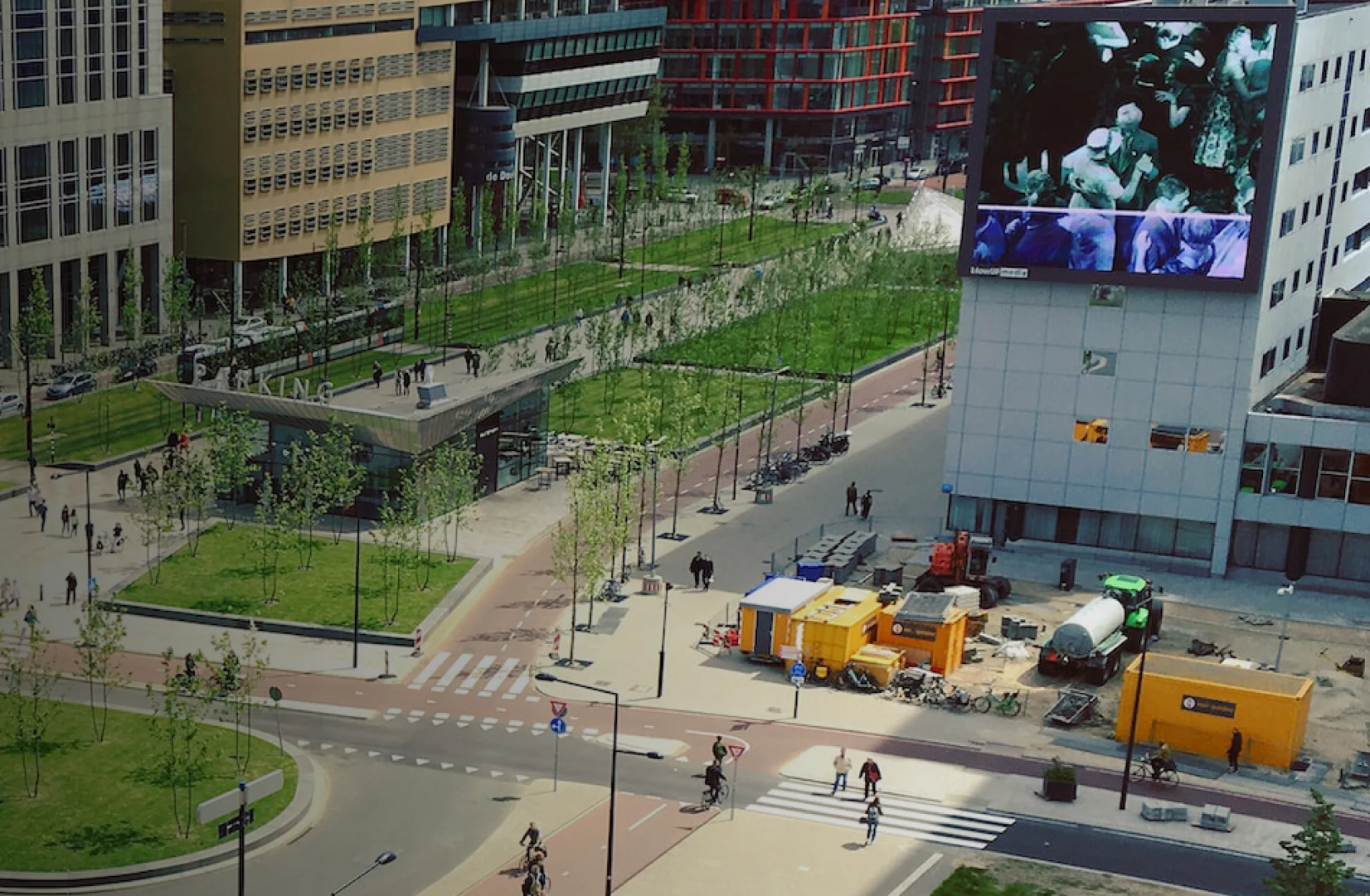Photo by Hunter Cosford on Unsplash
This week years of industry action, advocacy, and collective change contributed to something I think is pretty awesome. The latest Construction Industry Council key design guidelines. Sure, it didn’t dominate the news cycle or enter into many office watercooler chats, but it has the potential to have a big impact on how our homes and buildings are built for years to come.
The first revision of these key industry staples since 2016, the guidelines now include vital information about sustainability, lower-carbon methodology, and Māori design.
It’s an exciting culmination of years of collaboration and shows just how far we’ve come. Now this key document, used day in and day out by thousands of New Zealand building professionals, actively promotes and facilitates more efficient, lower carbon ways of doing things. It’s a vital step that’s demonstrative of how sustainability is now embedded in everything we do, and that there’s a growing accord in our industry that we must play a leading role in our country’s decarbonisation efforts.
Collectively, we’re reshaping our sector, and as we hurtle towards the end of another big year for green buildings, I’m optimistic this collaboration and our shared vision will continue to inspire change.
This week kicks off COP 28 – an opportunity for global collaboration, inspiration, and to prove our dedication to slashing pollution and meeting climate targets. As part of the global network of Green Building Councils, we’re calling for governments and businesses to start building the transition to a sustainable future.
The target for New Zealand’s NDC is to reduce emissions by 149m tonnes by 2030. Buildings and homes can play a key part by reducing embodied and operational emissions, driving down running costs and improve the health of New Zealand homes and buildings.
If we continue on as we are NZ faces a bill of tens of billions of dollars for offsets, which go to another country to reduce their emissions.
There is an opportunity for our government to align policies to support the transition to a sustainable built environment, for businesses to work together to leverage sustainable and innovative solutions, tech, development, and for our finance sector to invest in fossil-fuel-free and resilient buildings and opportunities.
It’s a challenge for our new government, our members and the broader industry, and one we must rise to fast. I’m looking forward to working with our new ministers including Chris Penk (Building and construction), Chris Bishop (Housing), and Simon Watts (Climate change) and Simeon Brown (Energy). The opportunity offered by our sector to improve health, tackle energy hardship and peak demand, slash pollution, and reduce operation costs is huge. Many in our sector are ready and able to crack on with delivering fantastic spaces, but it’ll take a collective response, and leadership to bring everyone along with us.
There’s some inspirational examples you can hear from directly in the coming weeks. Join me next week as I talk to one of our industry leaders Israel Cooper about flourishing communities and eradicating homelessness. For those of you in Wellington, we’ve got our final Green Speak event celebrating the amazing 8 Willis Street project thanks to our mates at Beca and the team behind the project at Argosy. Next year we’re hosting two summits – one for residential and another for commercial building, as well as a raft of opportunities to learn and connect.
It's been a big year, let’s keep moving
Ngā mihi,
Andrew
